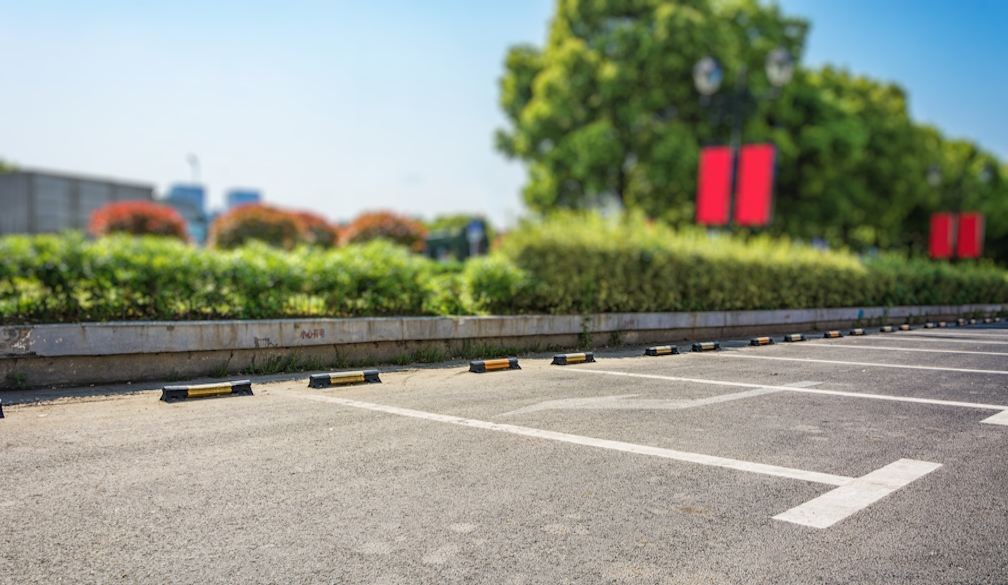Sluggishness at the top imperils Australia’s housing shortage
- Written by Barry McBeth, Director at Altus Group

Australia is lagging behind its target of building 1.2 million new homes by 2029, hindered by insufficient government intervention amid economic uncertainty and a volatile housing market. Since the target was announced last year, only 163,836 new homes have begun construction, well below the 240,000 needed annually to keep pace with housing ambitions. Out of that, only 79,000 are expected to be completed in 2026, underscoring the urgent need to course-correct the nation’s floundering residential sector.
Economic headwinds and supply chain constraints are largely responsible for the construction slowdown, but the lack of decisive action from federal and state governments certainly hasn’t helped the situation. To ensure our ability to house generations of Australians, a more collaborative approach across all levels of government – one that advocates for strategic changes to development policy informed by cyclic market forces – is needed.
The factors building up the housing crisis
Why can’t residential developers just build more houses and do so quickly? There’s no shortage of demand and billions in federal investment. However, for a majority of developers, supply constraints and economic conditions have impacted input costs and hence, the margins of most fixed-cost projects, making them financially unfeasible given the potential risk of heavy losses.
The prices of construction materials continue to be prohibitive for most developers. Based on recent data, structural concrete and brick prices have begun trending upwards, while timber prices have not slowed down since 2019. Meanwhile, the ongoing shortage of skilled tradesmen and workers is expected to lead to soaring labour costs for years to come. This leads to thinner margins and lower profitability especially for residential developers with fixed costs, resulting in only 38,397 dwellings commenced construction at the end of 2023, a measly 1.3% increase since the previous quarter – further exacerbating the housing shortage.
High interest rates have also led to higher mortgage rates and borrowing costs, pushing affordable home ownership further from the average Australian. Housing values in most major cities have risen steadily over the last quarter, creating a mismatch in market supply and demand that favours sellers. Couple the above with inevitable delays and slow approvals for more dwellings in urban areas, and you have the ingredients you need to keep the housing crisis on the national agenda for years to come.
More intervention is needed from the top
There are therefore two sides to the housing crisis: a dearth of financially viable projects for developers, and the lack of affordable housing for the scores of buyers in line. While there is no elegant solution for both, the government can relieve much pressure on the housing crunch by rethinking certain systems and prioritizing reforms on development policies that currently hinder approvals and construction for affordable housing in Australia.
We’re undeniably in a housing trough, but conditions can and will improve in the future. Thestage can be set for future residential construction booms through the streamlining of planning processes and the fast-tracking of approvals in territories where demand is high. Take for example plans to bypass local council and third-party appeals in Victoriato build medium-density affordable housing – while the implications of such a plan aren’t immediately apparent, state and territory leaders should consider similar measures to combat existing hurdles to new constriction in their jurisdictions.
The government should explore ways to reduce housing input costs. For starters, simplifying development approvals and regulations can help developers avoid costly non-compliance mistakes due to confusing building codes. Greater efforts must also be taken to bring in the over 90,000 tradies and skilled workers that are needed to address costly labour shortages and build quality homes within a reasonable timeframe.
Finally, greater government investment into modern building techniques and materials, such as modular construction techniques or embodied carbon practices, could shake up the construction sector by encouraging developers to rethink and consider more cost-sustainable building methods and materials for their projects.
Make affordability the main agenda
Greater emphasis should also be placed on the construction of social and affordable housing. Atthe end of the Second World War, the federal government worked with state, territories, and local bodies to free up government land and build tens of thousands of public homes needed to house a booming population, boosting homeownership to 72% by 1961.
Taking a page from history and rezoning land for government-led housing could help alleviate pressure on the housing shortage, while also attracting developers via federal incentives. Similarly, expanding the Build-to-Rent scheme to include social and affordable dwellings would bring additional benefits to housing supply. However, lawmakers must rethink the scheme’s rules for tax breaks and returns for all types of BTR developments, or risk alienating the developers needed to upscale construction.
The time for goal setting is over; now is the time for the government to take a more active role in this nation-building effort. No expense should be spared – every legislative instrument, tool, and system must be focused on easing the housing crisis. After all, the very availability of a basic human right – a roof over every Australian’s head – is at stake.





















